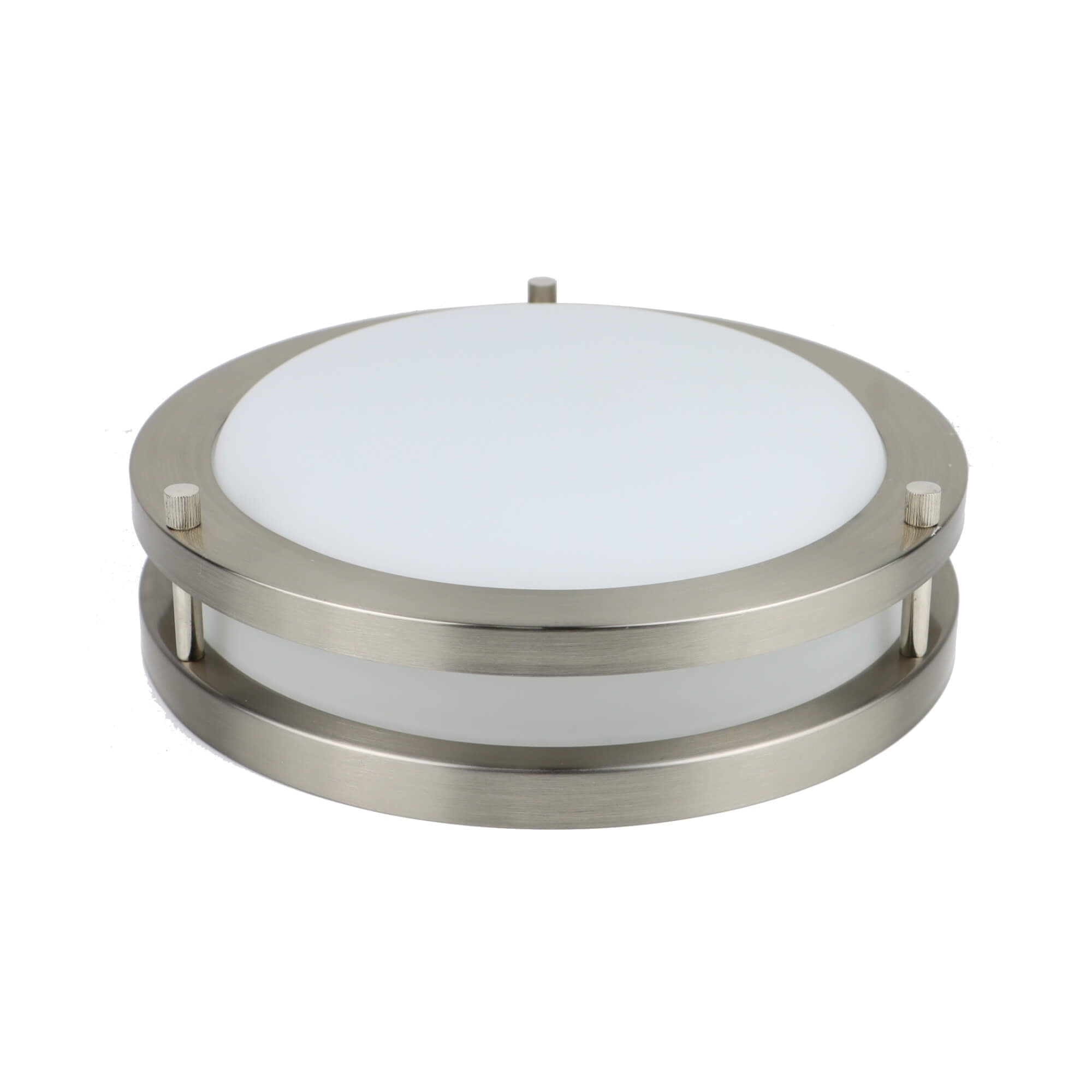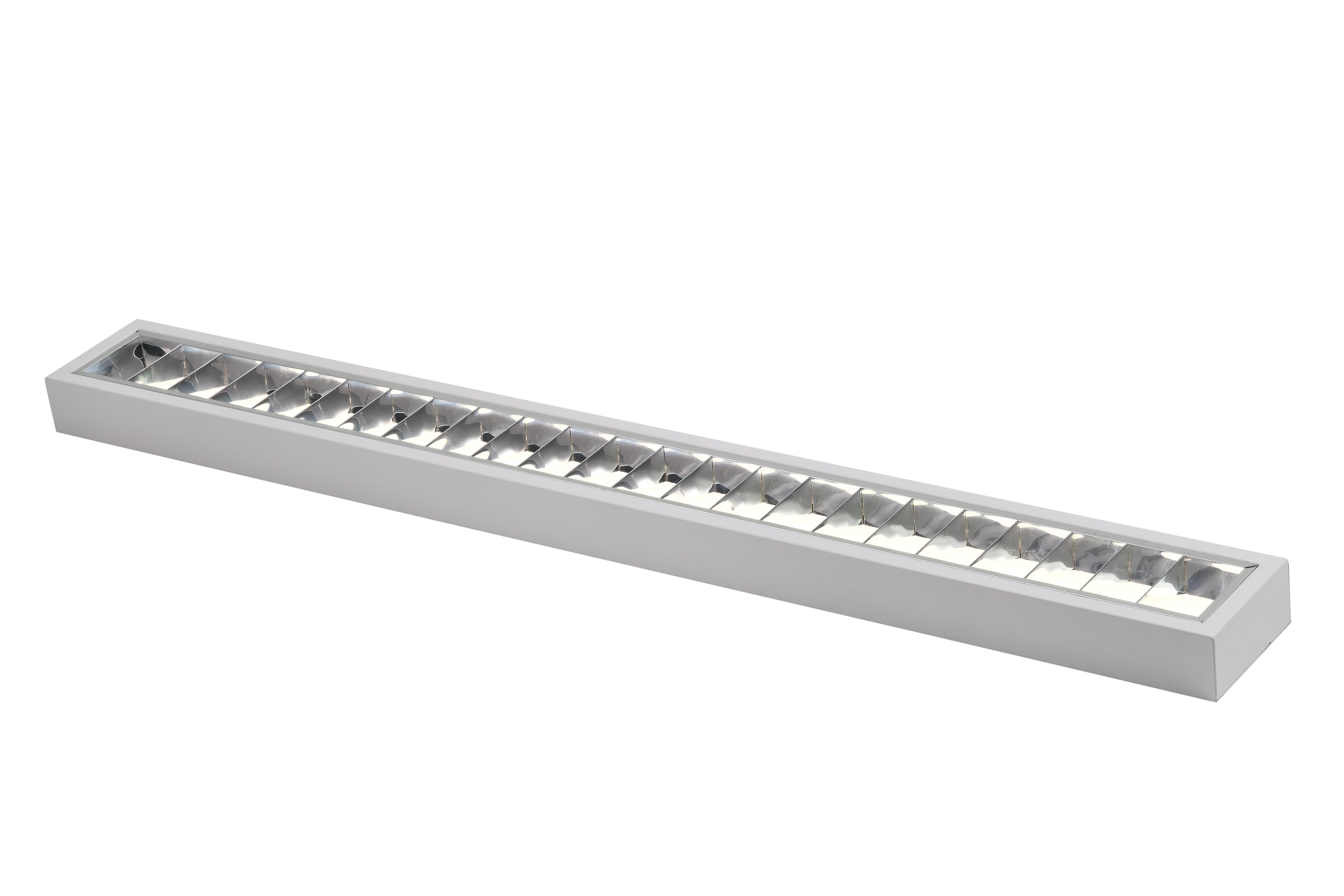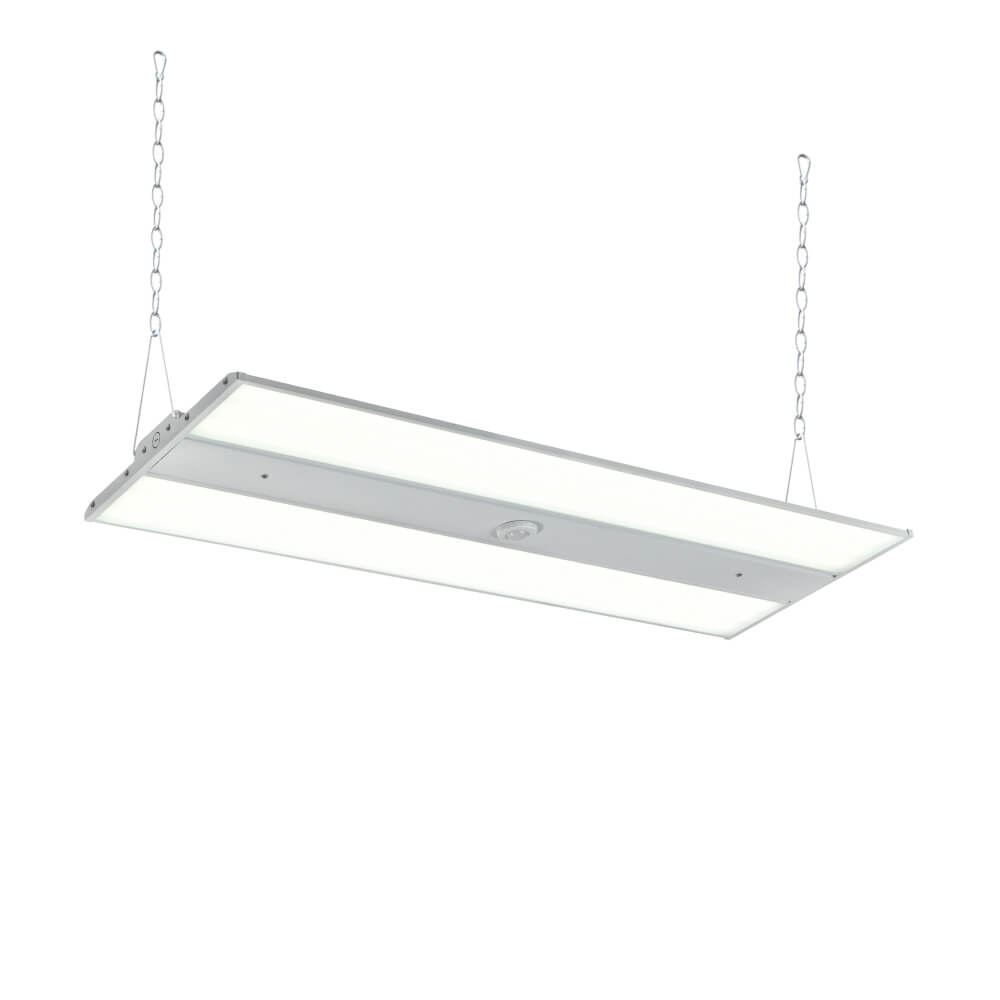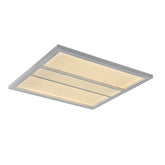15 Common Problems with LED Lighting You Should Know
While LEDs are celebrated for their energy efficiency and longevity, they come with their own set of common issues, such as flickering, humming, glare and so on. Knowing the potential problems that may come with your LED products and the reasons behind these issues will help you figure out the solutions as soos as possible. For most, there are quick fixes that don’t require you to be an electrician.
1. Flickering LEDs
One of the most common nuisances with LED lighting is flickering. This can range from a slight shimmer to a consistent, strobe-like effect. Often, flickering is caused by fluctuations in the power supply or incompatible dimmer switches. A simple solution can be switching to a dimmer switch that’s designed for LED use.
2. Buzzing or Humming LEDs
A soft buzz or hum from your LED bulb can disrupt the quiet ambiance of any room. This could be the result of a mismatch with dimmer switches or poor product design. For example, a leading-edge dimmer switch, which is typically used with incandescent bulbs, might not pair well with your LED bulb. To circumvent this audio annoyance, ensure your dimmers are LED-compatible, and consider replacing bulbs that continue to emit noise.

3. Dimming Issues in LED Lighting
For example, say you replace your old dining room chandelier’s incandescent bulbs with dimmable LEDs. You dim the lights for dinner, but instead of a smooth transition, you’re met with a sudden drop-off from bright to dark, without the soft glow at lower light levels you were expecting. This is likely a symptom of an outdated dimmer switch that isn’t designed to handle the small electrical load of energy-efficient LEDs. The solution is to look for a modern LED-compatible dimmer, often referred to as an “ELV” (Electronic Low Voltage) dimmer or a “CL” (Compatible with LED) type. These dimmers are engineered to control the low wattage of LEDs without the issues caused by older technology. When purchasing new LEDs or dimmers, always verify their compatibility – many manufacturers provide lists of compatible models to ensure that pairing them will result in smooth, flicker-free dimming.
4. Premature LED Burnout
LEDs are usually a synonym for durability and energy efficiency, promising long life spans that far surpass their incandescent predecessors. However, scenarios do arise where LEDs fail long before their expected lifecycle ends, with overheating being the chief antagonist in this premature demise. Always check the maximum wattage recommendation for each fixture and adhere to it.

5. Inconsistent LED Brightness
Switching on your home’s lights only to find a mismatched brightness across different bulbs can be frustrating. This discrepancy can stem from the use of substandard materials or less precise manufacturing processes, resulting in one bulb having inferior light-emitting diodes (LEDs) or drivers compared to the other. While top-tier manufacturers enforce stringent quality controls ensuring each LED bulb emits light at consistent levels, manufacturers of cheaper options might not be as diligent.
6. LED Color Distribution Problems
Uneven color distribution, known as “color shifting,” can occur as LEDs age or if they’re of lower quality. This inconsistency can be traced back to the varying quality of the phosphor coating used in the LED manufacturing process — the substance that helps convert the blue light emitted by the LED chip into other colors. Lower quality phosphor coatings can degrade unevenly, leading to shifts in color. The best prevention? Choose LEDs from established manufacturers who stress quality control in their production process.
7. Glare from LED Lighting
The brilliance of LED lighting is one of its biggest selling points, but sometimes that brilliance can be too much, resulting in glare. Glare occurs when a bright light source produces a harsh contrast against the surrounding environment, making it uncomfortable or even difficult to see. To mitigate this issue, search for LEDs that offer diffused light — these bulbs have a cover or lens designed to spread light evenly and reduce glare. Also, consider the placement of your LEDs. If possible, position them in a way that the light is indirect or reflective, rather than shining straight into your eyes.
8. Overheating of LED Lights
LEDs generate heat at their semiconductor junction where electricity is converted into light, and unlike incandescent bulbs, which release heat in all directions, LEDs dissipate heat backward. If an LED is placed in an enclosed fixture designed for incandescents, there’s nowhere for this heat to go, causing the LED to overheat. To prevent overheating, ensure your fixtures provide adequate ventilation. For example, open or semi-open fixtures allow air to circulate around the bulb, carrying heat away from it. If you must use LEDs in a closed fixture, look for those specifically rated for enclosed spaces.
9. Luminosity Loss in LEDs
All LEDs experience a decrease in brightness over time, called lumen depreciation. While some loss of brightness is normal, a significant reduction might occur well ahead of schedule if there’s an underlying issue. For instance, if the power supply to the LED isn’t consistent due to electrical fluctuations in your home, this can cause the LEDs to flicker and dim prematurely. The internals of an LED are sensitive and can be damaged by voltage spikes or surges. It’s vital to ensure that the electrical system supplying power to your LEDs is stable and well-maintained.
10. Control System Integration with LED Lighting
Consider if you decide to upgrade your home with a smart lighting system for convenience. However, after setting up, you realize that voice commands don’t always adjust the brightness as intended, or motion sensors fail to turn lights on when needed. This is likely due to the incompatibility between the control system and the LED drivers. Smart systems need the right kind of LED, often one that’s specifically labeled as “smart” or “compatible with home automation.”
11. Low Color Rendering Index (CRI) in LEDs
For photographers or artists displaying their work in a gallery, accurate color representation is key. If they use LEDs with a low CRI, their vibrant blues might look muted and lifeless. To avoid this issue, they should opt for LEDs with a CRI closer to 100, mimicking natural daylight and ensuring their art is viewed under the best possible light.

12. Voltage Sensitivity of LEDs
LEDs operate within a certain voltage range. Standard LEDs installed in a countryside cottage might fail prematurely because they’re sensitive to voltage fluctuations beyond their specified range caused by frequent power surges. Using proper drivers and stable power supplies ensures that your LEDs aren’t subjected to these fluctuations and last their full expected lifespan.
13. The High Initial Cost of LED Lighting
The sticker price for LEDs is higher than traditional bulbs, but they pay off in the long run via energy savings and longevity. Viewing them as a long-term investment rather than an upfront cost can ease the sting of initial prices.
14. Environmental Considerations of LED Lighting
Always consider the environmental impact of your LEDs, not just their energy consumption. Look for LED products that have a low environmental impact both during production and after disposal, such as those certified by environmental standards, containing no harmful substances and being recyclable.
15. Electromagnetic Interference from LEDs
On rare occasions, LEDs can cause electromagnetic interference with other devices. This is due to their drivers and circuitry. Selecting LEDs that meet strict FCC standards can minimize this risk.
Act now to Overcome LED Lighting Challenges!
Have you encountered these LED issues above? It doesn’t matter anyway, by understanding these 15 common problems and keeping informed on how to address them, you’ll find that LEDs can offer a sustainable and efficient lighting solution for both residential and commercial spaces. Navigating the world of LED lighting won’t be daunting for you anymore.







